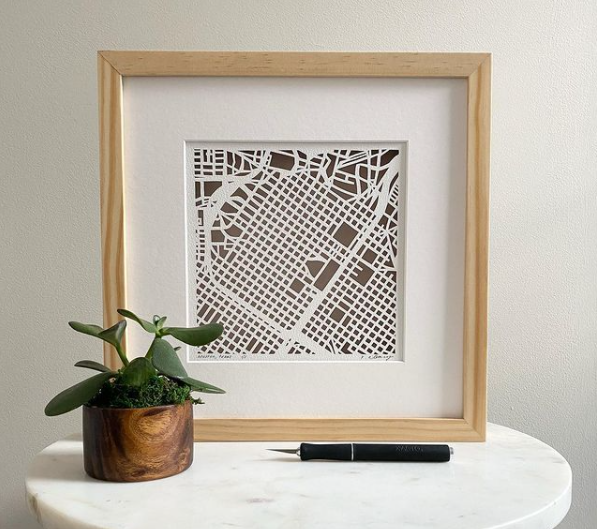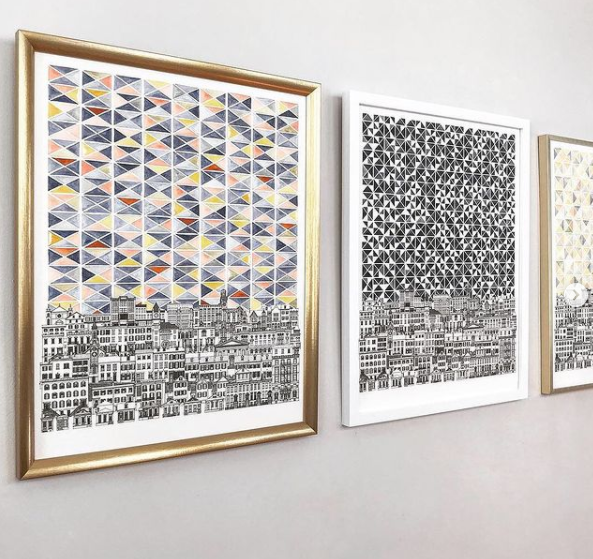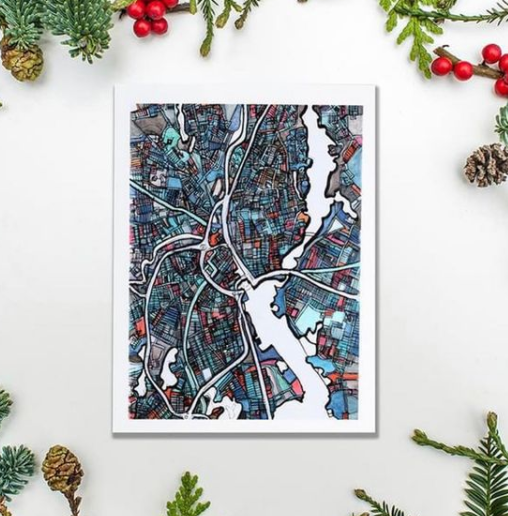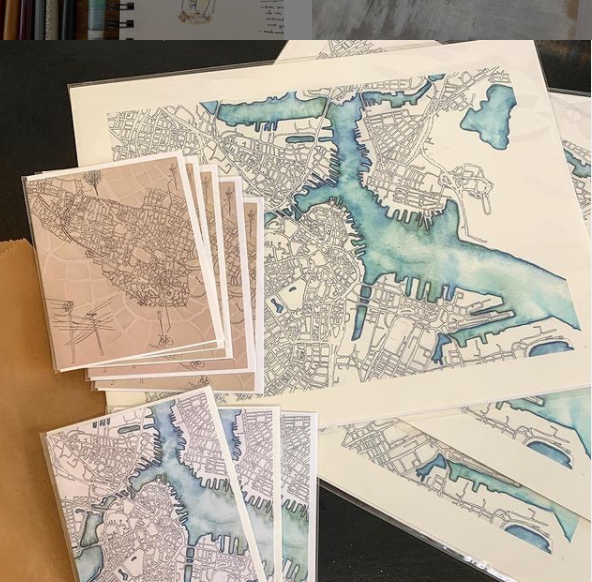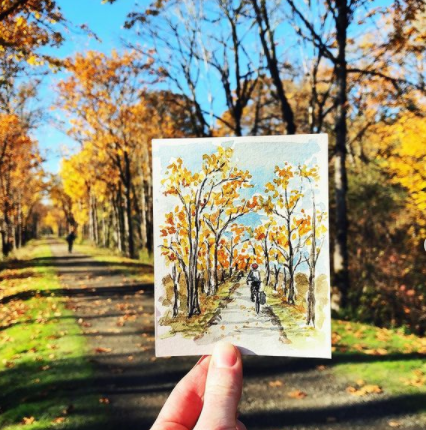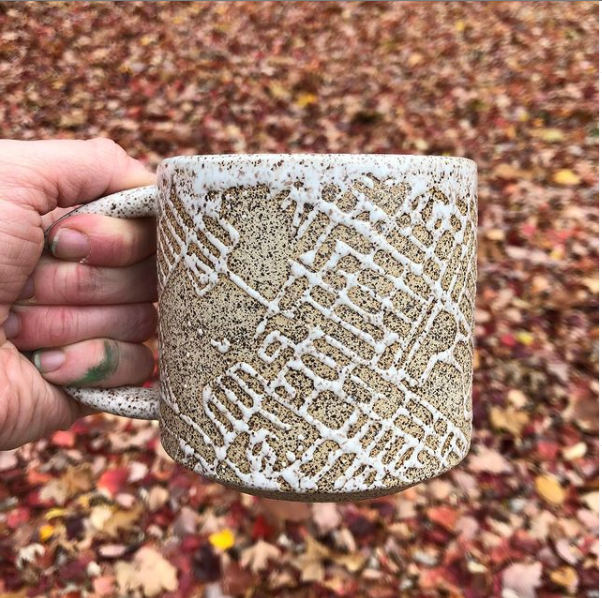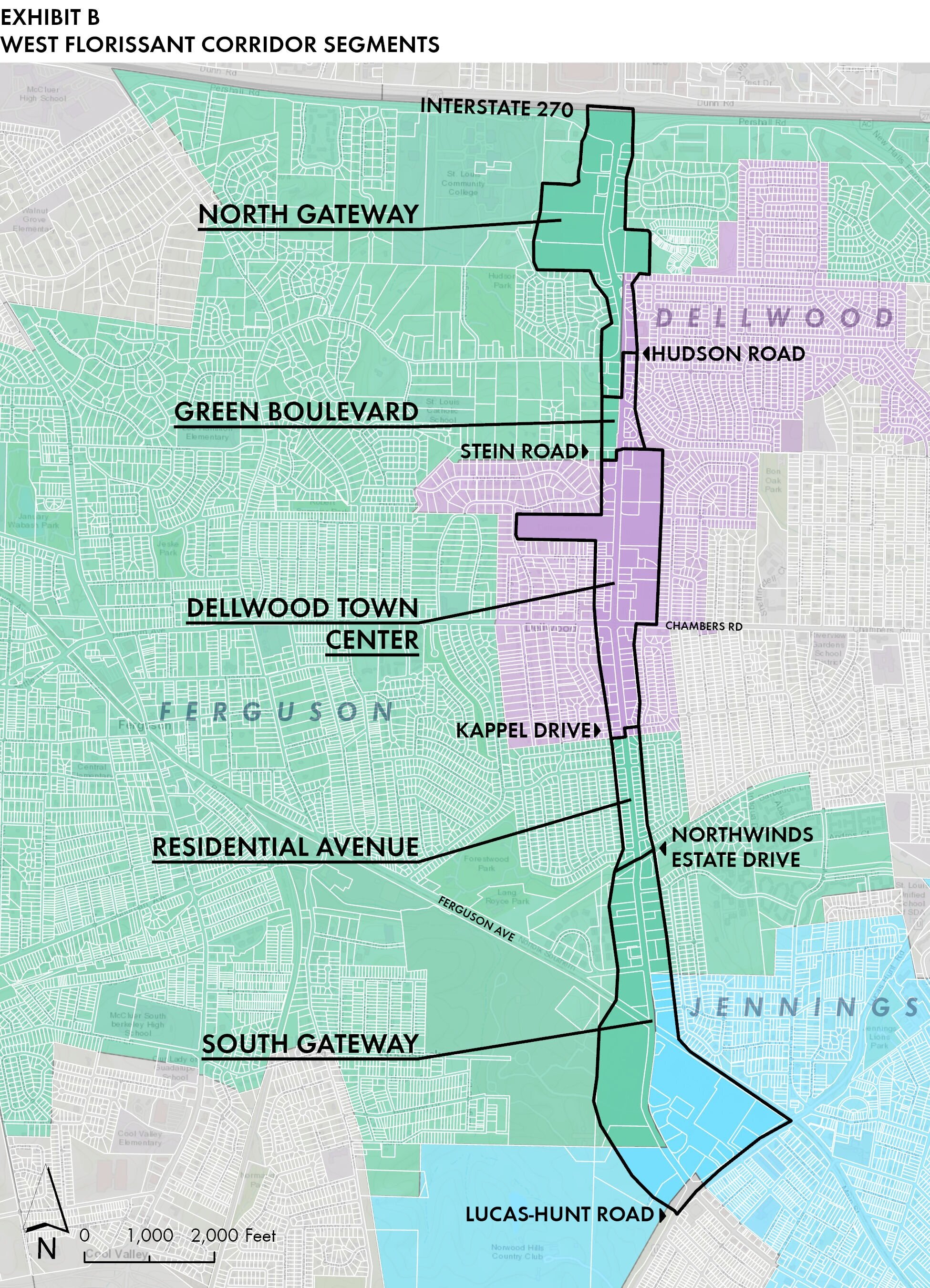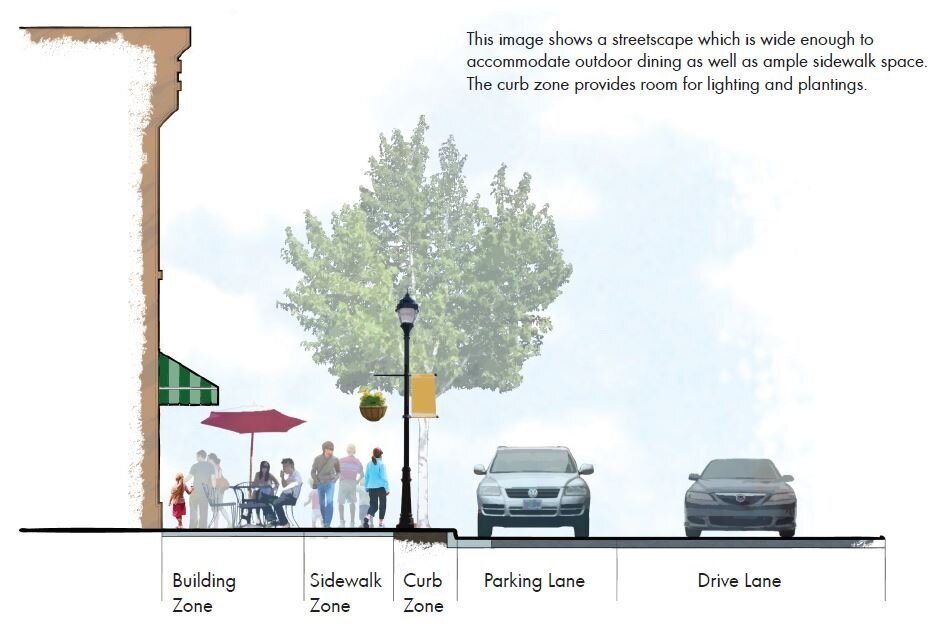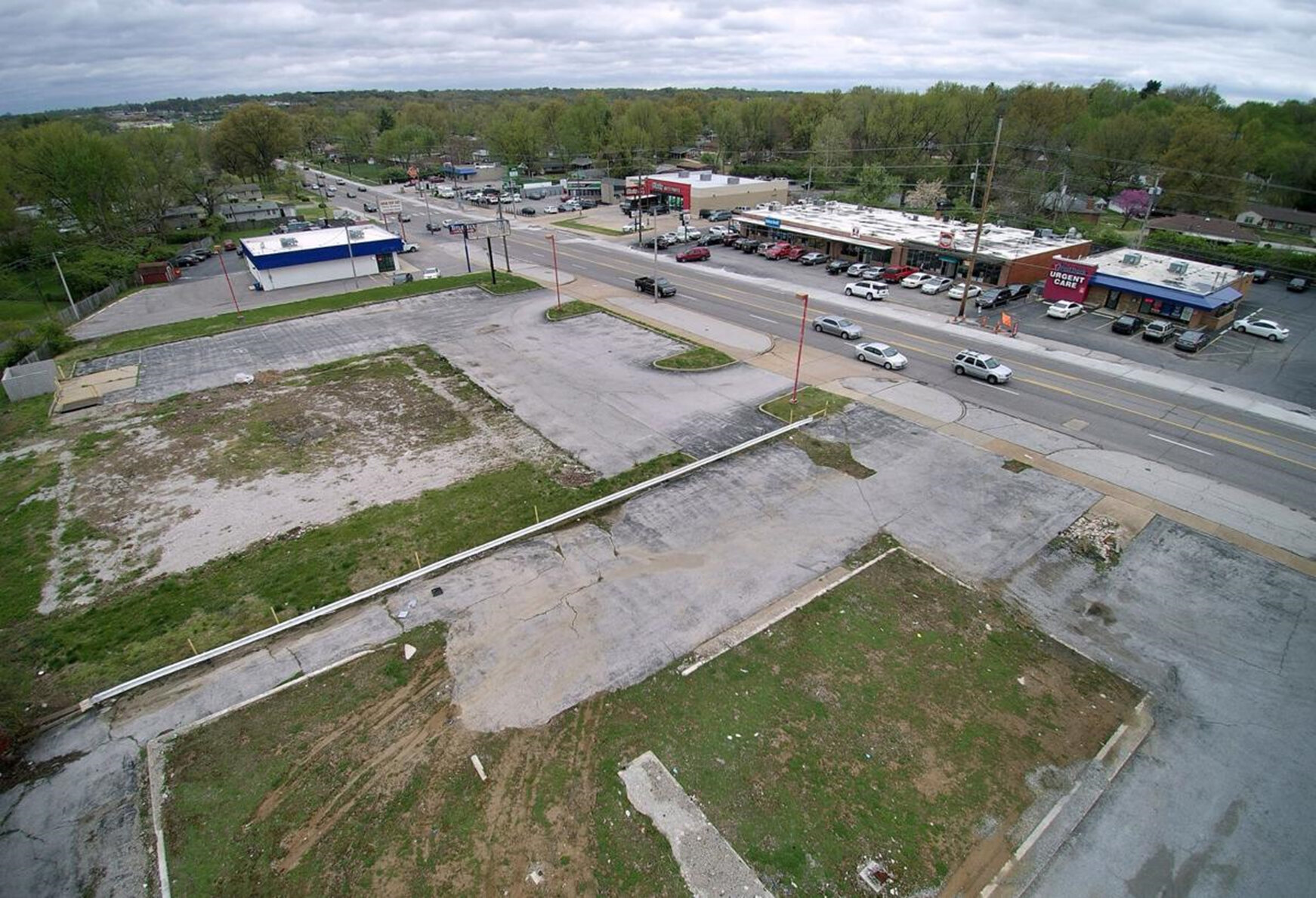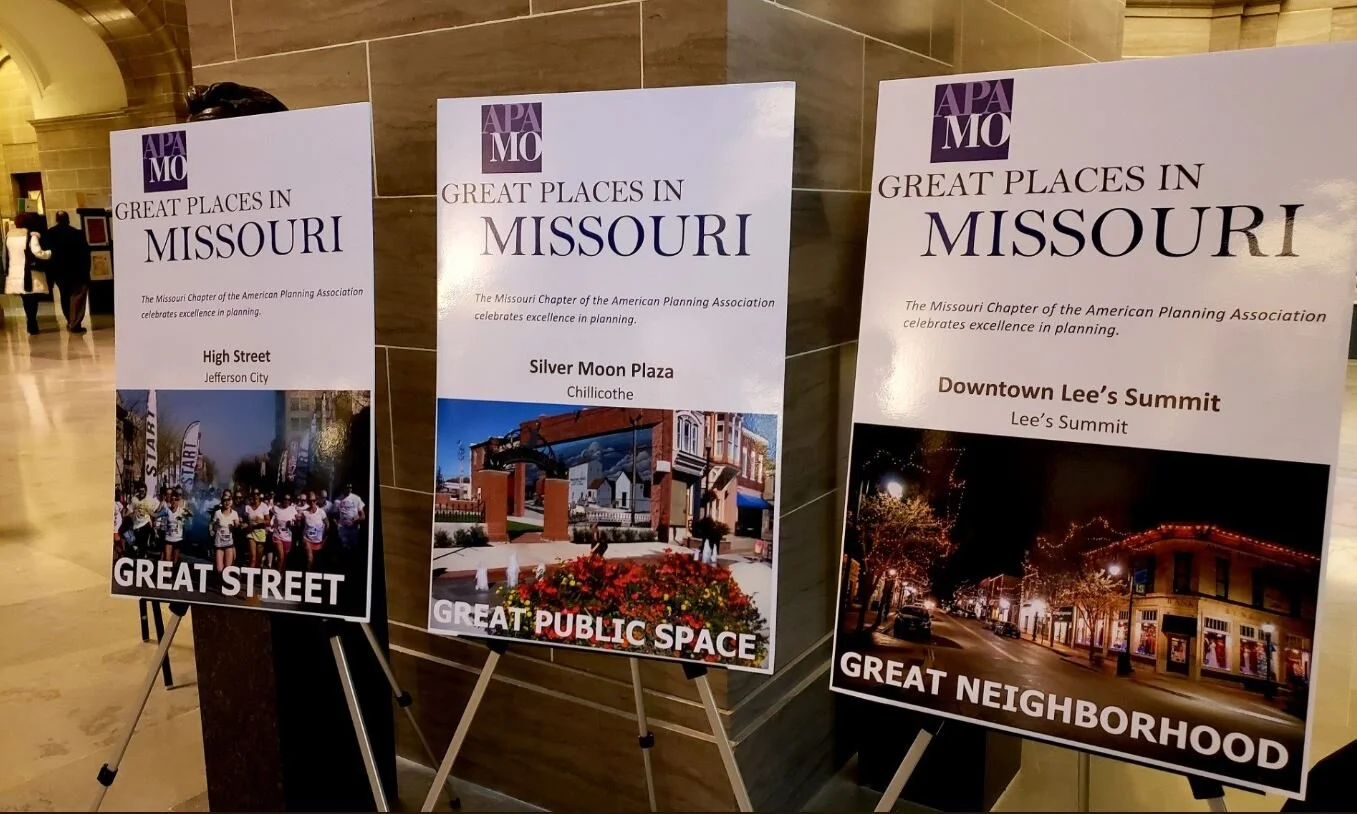PGAV is honored to have led the Engage O’Fallon planning process for the City of O’Fallon and receive the 2021 Community Initiative Award for Outstanding Public Outreach, Program, Project, or Tool!
PGAV led the 2020 Engage O’Fallon Comprehensive Plan process, working with community stakeholders and City leaders to plan for the future. Completed entirely during the COVID-19 pandemic, the process created an urgent need to think creatively about planning and engagement.
Virtual Engagement
With additional public engagement constraints due to the COVID-19 pandemic, PGAV worked closely with the City to create a robust, well-rounded engagement plan to engage more than 6,000 residents. The process was marketed on both the City’s government channel, weekly circular, and monthly newsletters. The team at PGAV also created an introductory video featuring the Mayor of the City of O’Fallon that was hosted on the City’s engagement website. A 3D, interactive clone of the City’s rotunda was created to act as a medium for public engagement and information dissemination. Multiple in-person workshops were held, an online engagement platform was launched, and the team conducted several stakeholder interviews to ensure all parties were able to engage in this process. By creating a multi-faceted engagement program and utilizing creative methods of citizen outreach for Engage O’Fallon, the PGAV team conducted a collaborative and inclusive engagement process.
PGAV is excited to announce that the Marquette Park Master Plan has received the 2021 Outstanding Student Project Award!
Each year, PGAV partners with Washington University’s Sam Fox School of Design and Visual Arts to host a City Studio STL Fellow. The Fellow undergoes a rigorous application and interview process and then the Fellow and partner firm are matched. In 2020, PGAV hosted Tiffany Dockins who worked with PGAV and the Dutchtown community to create the Marquette Park Master Plan.
For three months, Tiffany worked with the experts at PGAV Planners to create a Master Plan for Marquette Park. With substantial input from the Dutchtown South Community Corporation, Dutchtown Main Streets, the Allies of Marquette Park, the City of St. Louis, and neighborhood residents, Tiffany developed a robust plan for the Park.
The plan focused on several key aspects including:
Enhancing access to park facilities, making the space more friendly for community gatherings, particularly on the east side of Compton.
Re-envisioning circulation and mobility to improve access to multiple amenities such as the pool, picnic tables, playground equipment, and the main recreation center on the western side of the park.
Creating a plan that incorporated community feedback.
Outlining a plan for implementation, ensuring the various park improvements would come to life in the short term.
Through comprehensive planning, the project sought to use the power of design, community coordination, and planning to take this neighborhood asset from an underrated gem to becoming a shining star and attraction for the neighborhood.
A more interesting year than most, Tiffany worked with PGAV and the Dutchtown community on a Master Plan for Marquette Park, entirely executed during the uncertainty of the COVID-19 pandemic. With assistance from the PGAV team, Tiffany executed an engagement plan, gathered existing conditions, and created an amazing final Master Plan for the community.
By re-thinking Marquette Park and providing a robust, comprehensive Master Plan, the park is on its way to becoming a new and improved neighborhood destination. Since the Master Plan was completed in 2020, several implementation steps have been completed, including the recent addition of a futsal court. Through a private-public partnership with the new Major League Soccer team St. Louis CITY SC, Dutchtown Main Streets and the Allies of Marquette Park, Dutchtown South Community Corporation, MADE STL, Raineri Construction, McConnell and Associates, and several private donors, the unique futsal court recently opened to the public and represents the first major project since the completion of the holistic plan for Marquette Park in 2020.







